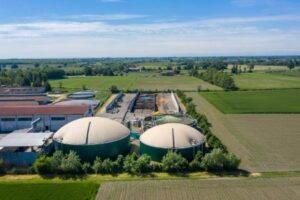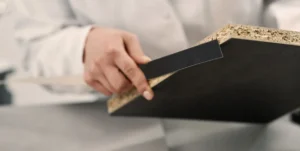Silfab Solar chooses SOLARCYCLE for recycled glass


(Credit: SOLARCYCLE)
Silfab Solar, a North American PV solar manufacturer, today announced an agreement with SOLARCYCLE to purchase ultra-low carbon domestic glass for its USA-made solar panels, expanding Silfab’s existing solar panel recycling partnership with SOLARCYCLE.
SOLARCYCLE recently announced plans to build a “first-of-its-kind” factory in Georgia to use recycled materials from retired solar panels to make new solar glass. The planned SOLARCYCLE glass facility is about 300 miles from Silfab Solar’s newest factory in South Carolina and will add 1 GW of America-made cell production and another 1.3 gigawatts of module production.
“SOLARCYCLE is an ideal partner because of its demonstrated success and innovative processes that already have made Silfab a more sustainable operation,” said Paolo Maccario, Silfab President and CEO. “Utilizing American-produced glass in our PV modules further meets the county’s demands for USA content in made-in-America clean energy products and creates additional U.S. jobs”
SOLARCYCLE’s new facility will be located in Cedartown North Business Park, a Georgia Ready for Accelerated Development (GRAD) certified site in Cedartown. The plant, which will be the first of SOLARCYCLE’s facilities to manufacture glass in addition to recycling solar panels, is scheduled to begin construction this year and is expected to be operational in 2026.
SOLARCYCLE currently operates two solar panel recycling facilities in the United States and says its recycling technology allows it to extract up to 95% of the value from used solar panels. SOLARCYCLE’s new plant in Georgia will make the company one of the first manufacturers of specialized glass for crystalline-silicon (c-Si) photovoltaics in the U.S., with the capacity to make 5 to 6 GW worth of solar glass every year, it said. The glass will be sold directly back to the domestic solar manufacturers.
PODCAST: Around 70% of solar systems in the U.S. are less than five years old, and with a lifespan of 30 years or more, recycling may not seem urgent. But multi-gigawatt demand for solar recycling awaits the industry in the decades to come.
How can solar recycling scale to meet the need, and who’s going to capture that market? In Episode 11 of the Factor This! podcast, Suvi Sharma – the solar veteran who co-founded Solaria and Nextracker – shares how his latest startup, SOLARCYCLE, plans to take on solar’s recycling imperative.
Silfab sends older or underperforming modules to SOLARCYCLE for recycling. In addition to recycling its panels with SOLARCYCLE, Silfab also recycles materials left over from the production process.
While the moral incentive to recycle solar panels is clear, little financial incentive exists today. Recycling a solar panel ranges in cost from $20 to $30, while dumping the same panel in a landfill runs $1 to $2 – but SOLARCYCLE believes the cost to landfill to be much higher when factoring in logistics costs.
While it’s true that around 70% of solar projects were built in the past five years, and solar panels have a useful life of 30 years or more, demand for solar cycling is expected to increase significantly in the coming decades.
The International Renewable Energy Agency estimates that global solar PV waste will reach 78 million tonnes in 2050. The raw materials from that waste could be worth $15 billion, IREA said. Models from the National Renewable Energy Laboratory found that if the U.S. installs 500 GW of solar PV by 2050, 9.1 million metric tons of waste will be created. Based on the same models, 80% of panels from 2020 to 2050 would be landfilled, 1% reused, and 10% recycled.







